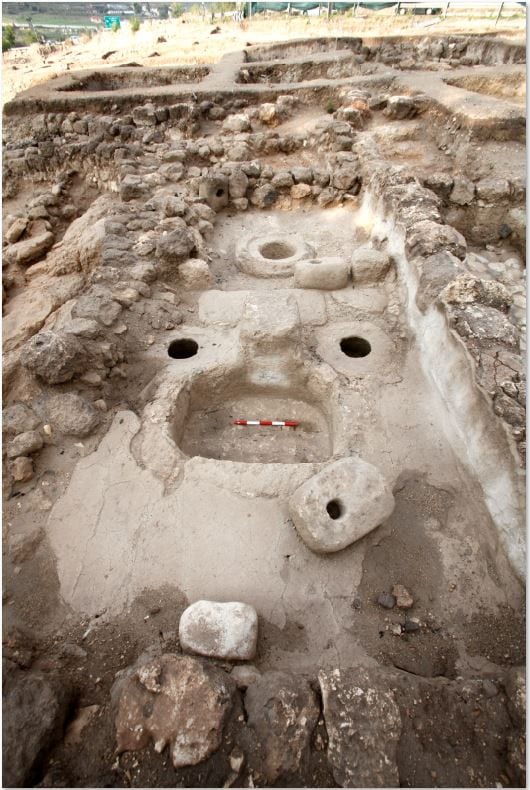A new Jerusalem Bible Lands Museum exhibition on the rescue excavation taking place at Tel Beit Shemesh will highlight the pivotal historical evidence being revealed. The finds uncovered will be on display for the first time and there will also be a discussion on the need to balance preservation and modernization.

The exhibition, entitled Highway through History, is the result of extensive excavations undertaken by Y. G. Archaeology under the auspices of Hebrew Union College. The goal of the excavation was to ensure that nothing of unique historical importance lay beneath the highway extension – Route 38 – being constructed abutting the town of Beit Shemesh. Workers were preparing to begin construction, when excavators uncovered remains of a Judean settlement from the end of the First Temple period.
Such a finding, helps to rewrite previously held assumptions about the ancient town of Beit Shemesh and the Kingdom of Judah under Assyrian rule in the 7th century BCE. Scholars had believed that the ancient city of Beit Shemesh was totally destroyed by King Sennacherib of Assyria, but these new discoveries reveal that the city was reestablished following its destruction and became an important economic hub in the kingdom of Judah.
Discoveries include a large industrial zone for olive oil production, hundreds of jar handles with stamp seal impressions characteristic of First Temple period administration in the Kingdom of Judah, and clay figurine fragments in the shape of women and animals.
One of the most fascinating finds was a stone statue of the Egyptian goddess, Bes – the only example found in Israel to-date. Many of the figurines were found smashed, which may point to the extensiveness of Kings Hezekiah and Josiah’s religious reforms – in which idolatry was outlawed – and described in the Book of Kings.
The importance of this site cannot be overstated; as it relates to the return of the Ark of the Covenant from the Philistines to the Israelites. The Ark had been captured in the battle between the Israelites and Philistines, thought to have taken place between Eben-ezer and Aphek.

The discovery of an archaeological site of such import also raises questions about the balance between preservation and modernization. As Israel is replete with ancient historical artifacts, left by successive invading empires, it is common for excavations to be performed before any construction can begin. One well-known example is at the Givati Parking Lot – part of Jerusalem’s City of David, just south of the Old City walls.
“The Bible Lands Museum works tirelessly to preserve and protect the heritage of this region for visitors of all ages and faiths,” said the museum’s director Amanda Weiss. “ Your story – the story of each individual – is rooted in the events and cultures that ultimately shaped the development of human history in this region.”



